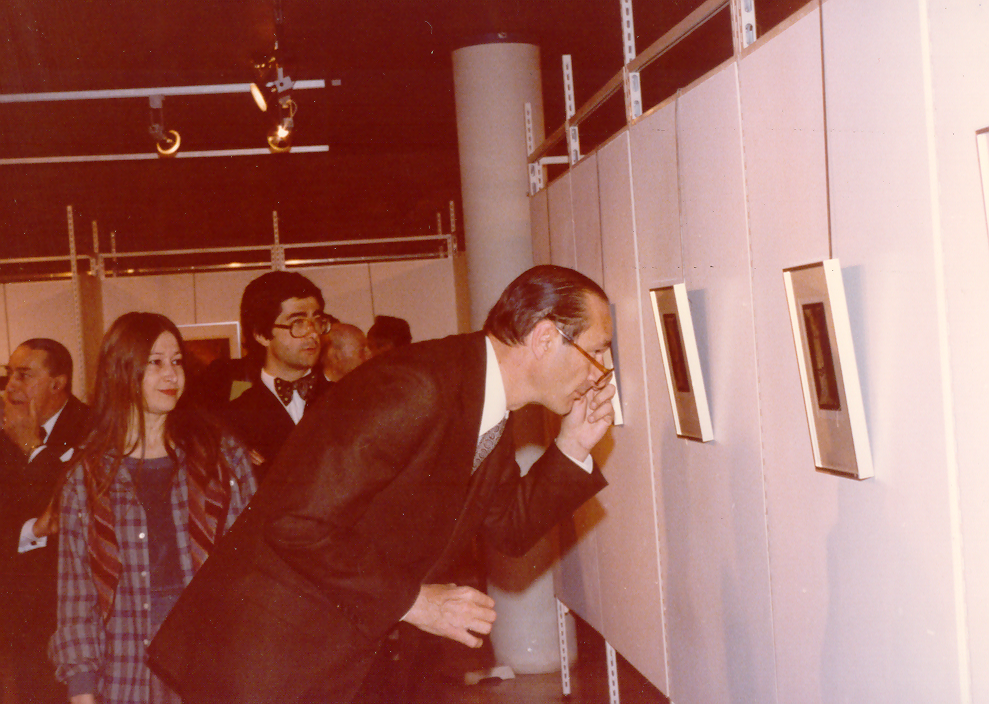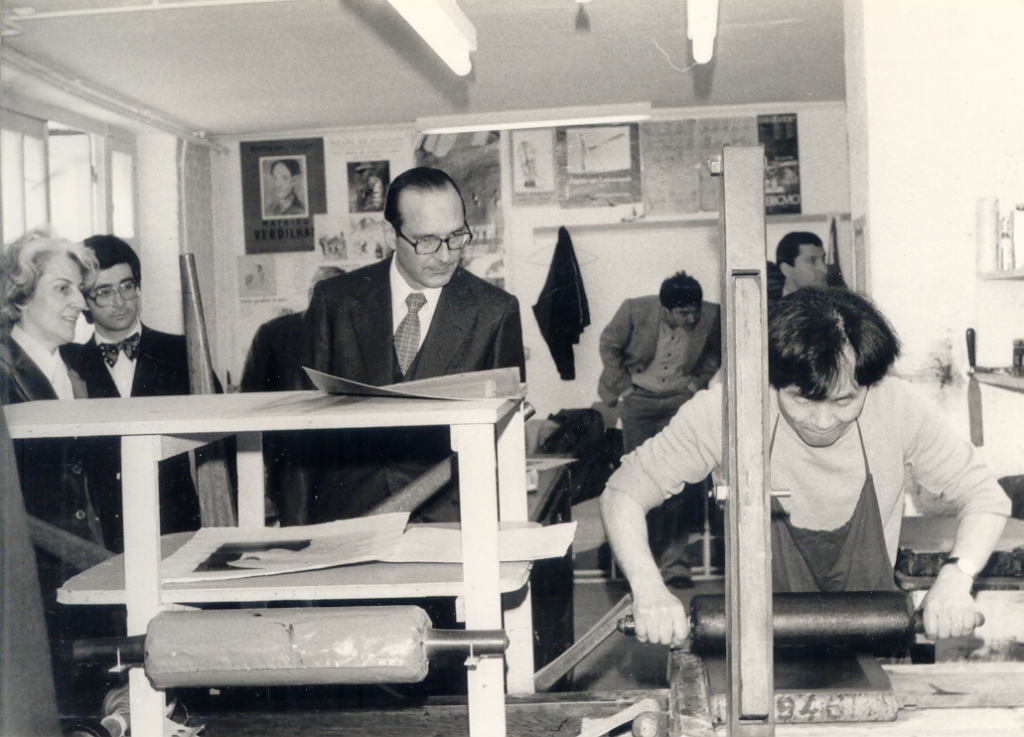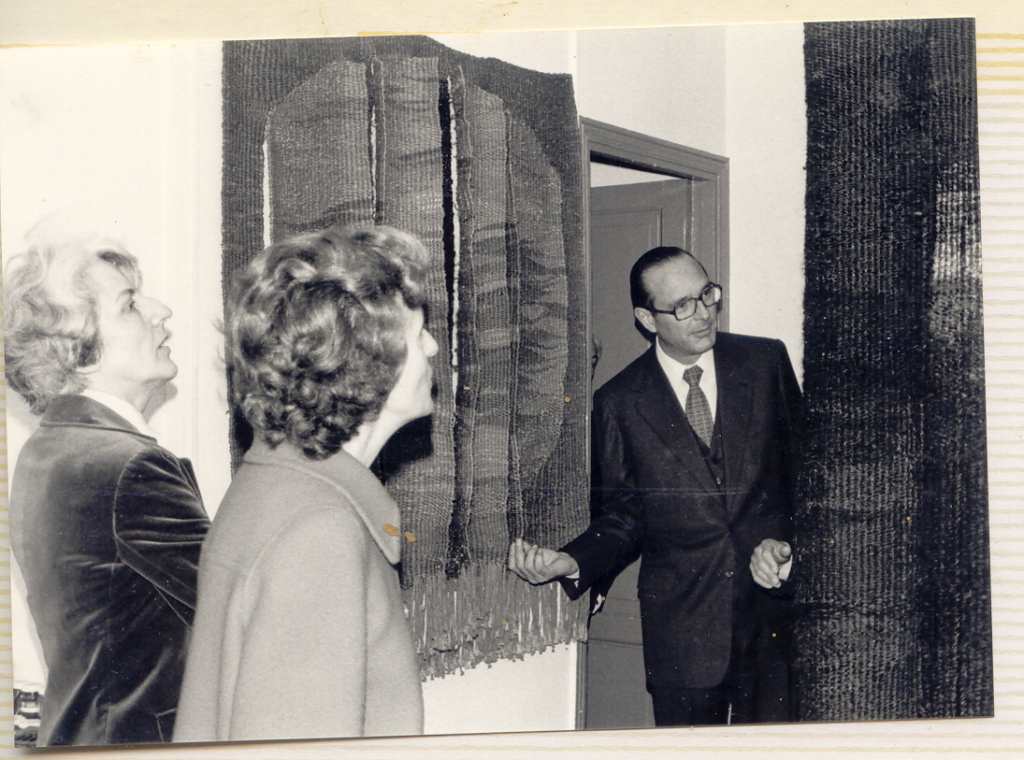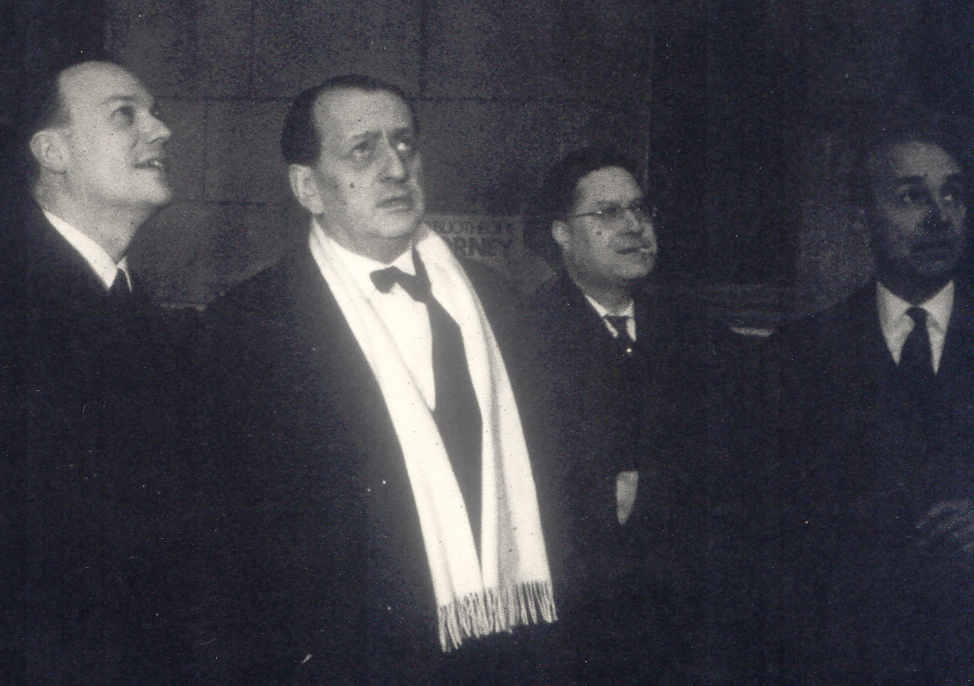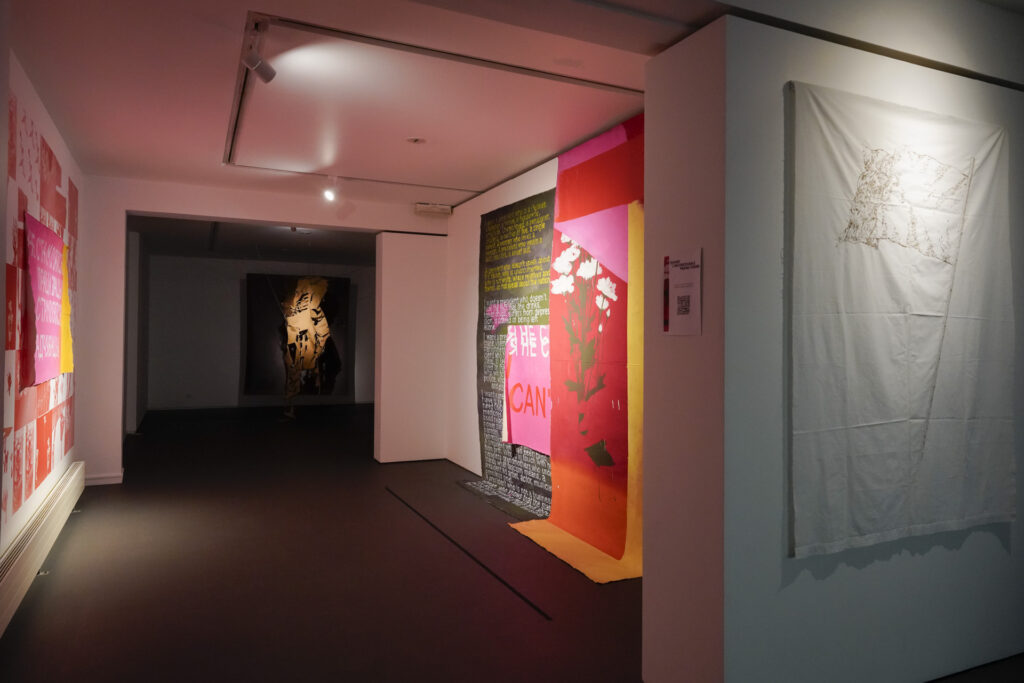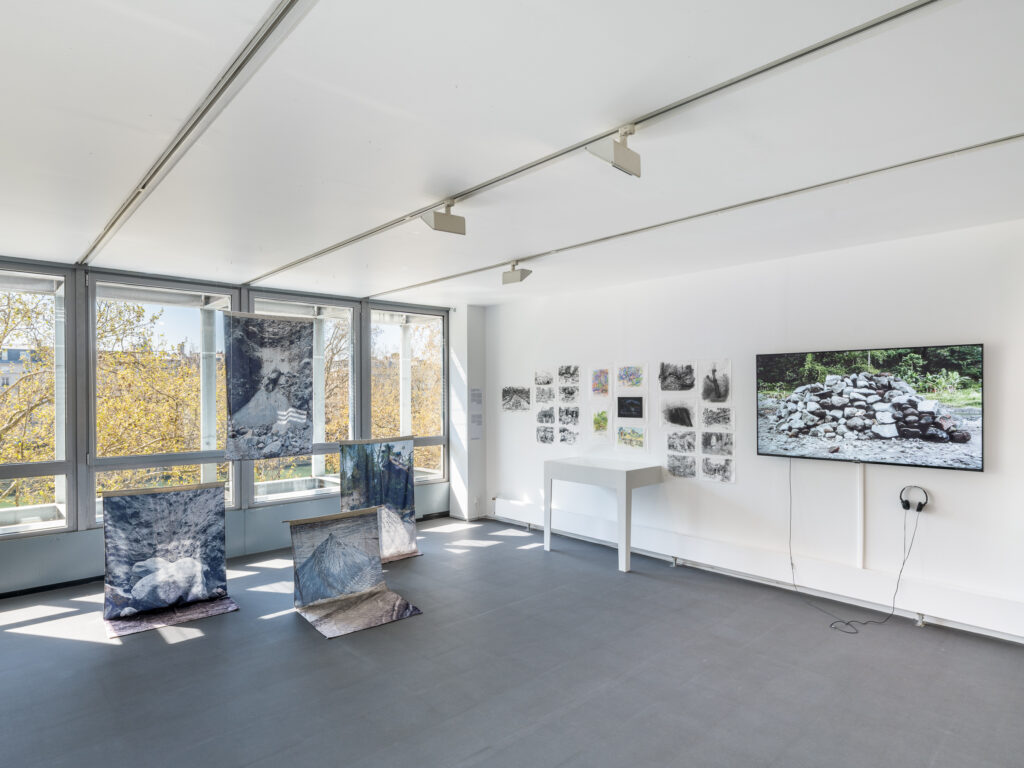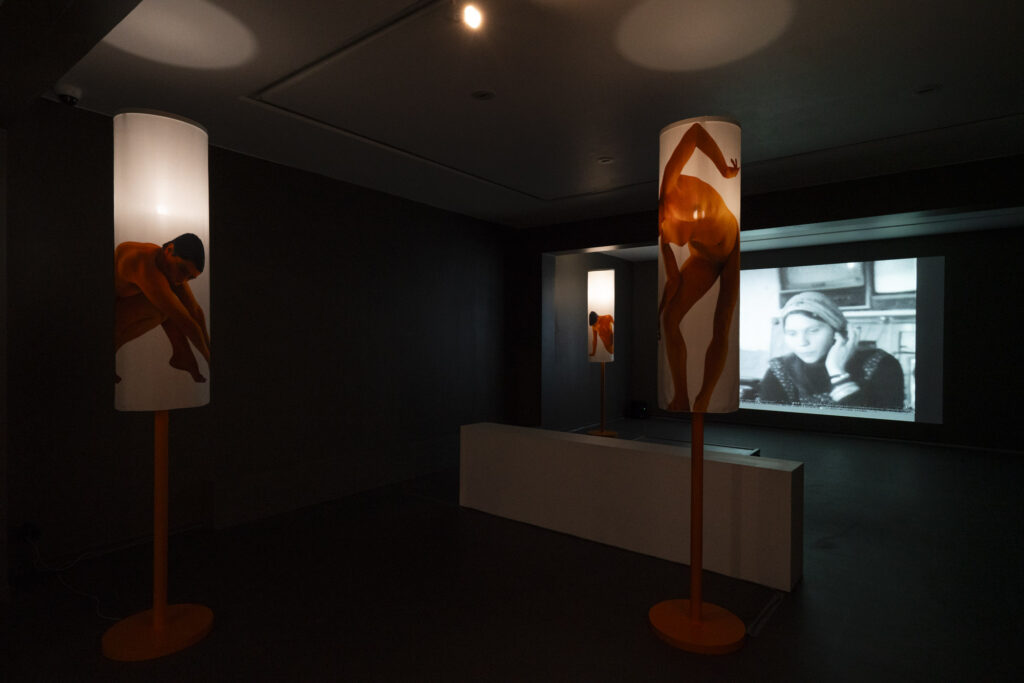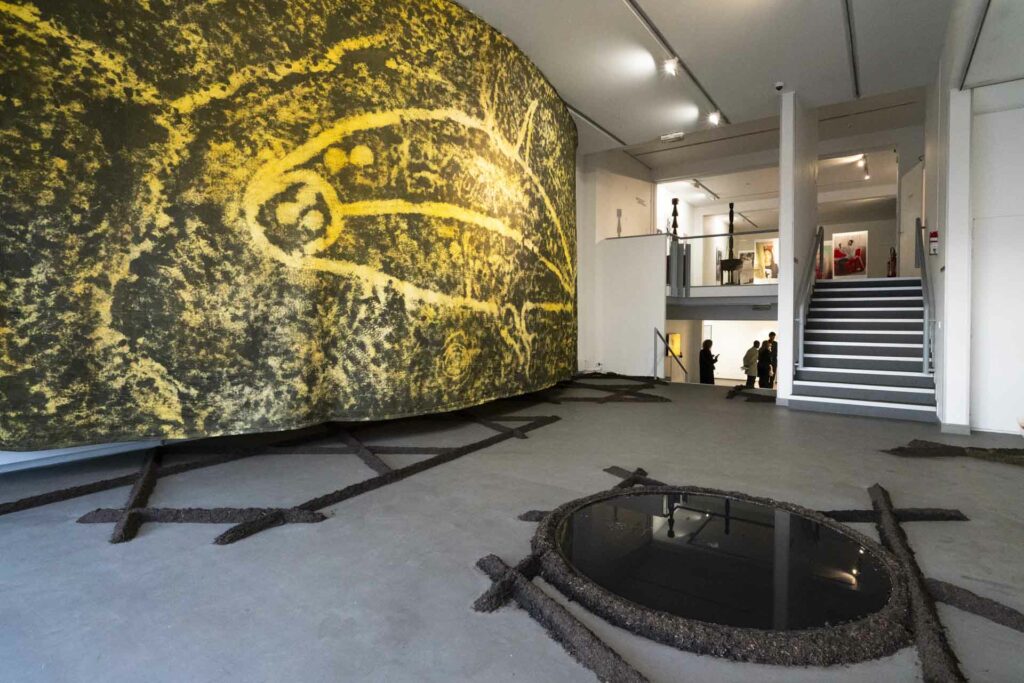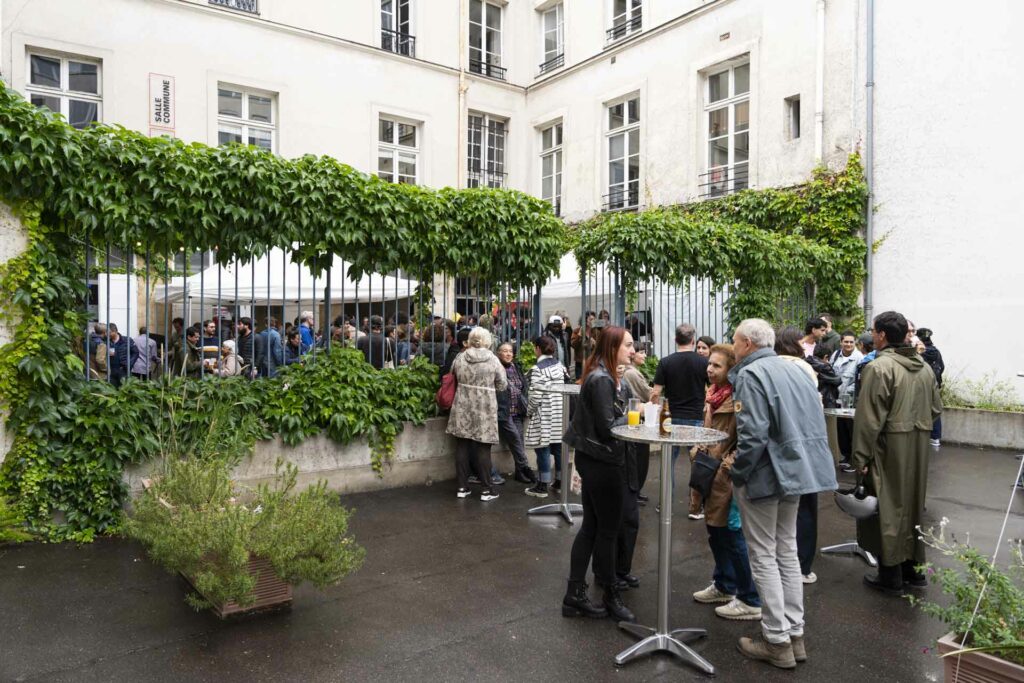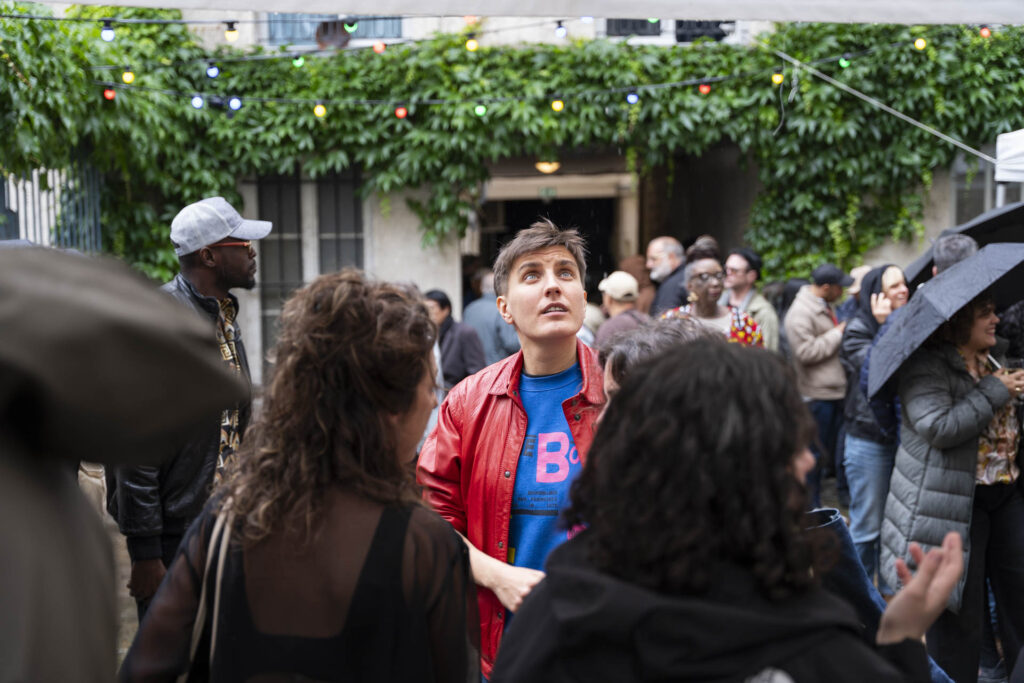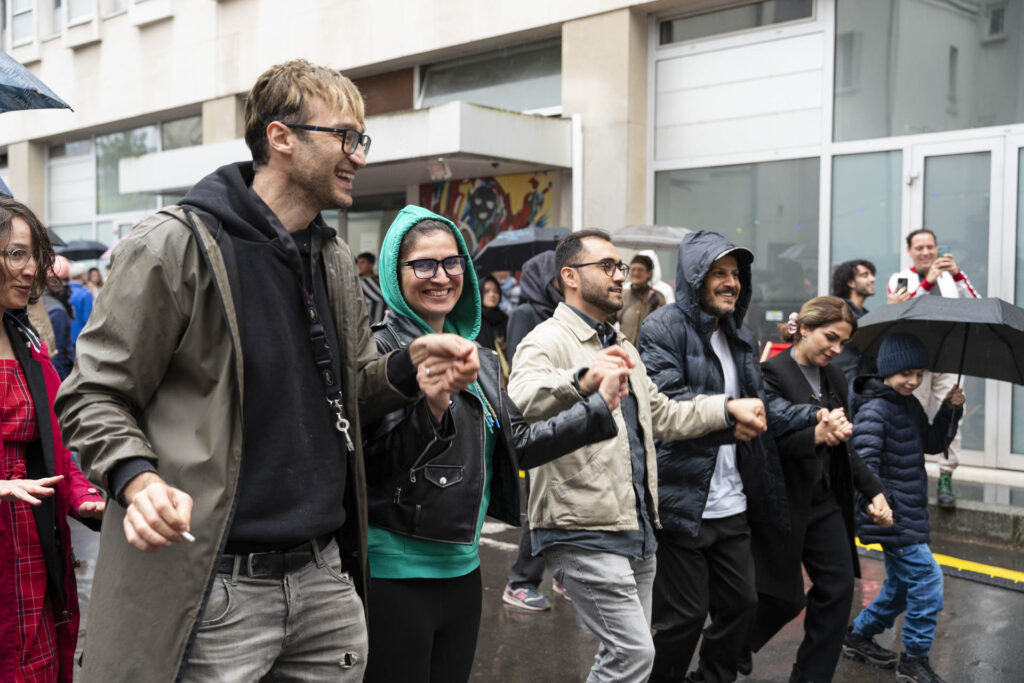About us
The Cité internationale des arts is the largest artist residency in the world. Since 1965, it brings together, simultaneously, more than 300 artists of all origins and generations in the heart of Paris, enabling them to carry out creative or research projects in all disciplines (visual arts, music, film, design and architecture, performing arts, exhibition curation, etc.).
For periods ranging from two months to one year, in the Marais or Montmartre districts, the Cité internationale des arts, a recognised public interest foundation, offers them an environment conducive to creativity, open to encounters with cultural professionals and the public, and tailored support.
In collaboration with its many partners, it issues several calls for applications each year, either thematic and/or project-based, and develops targeted residency programmes.
Throughout the year, it designs a rich, multidisciplinary and multifaceted artistic and cultural programme (open studios, exhibitions, concerts, performances, debates, etc.), promoting in particular the work of artists who are or have been residents, while affirming the role of the residency as a time for dialogue and experimentation.

Welcome drinks for new residents © Image from the archives of the Cité internationale des arts
[1937] Genesis
In 1937, while Paris was hosting the World Fair, architect Félix Brunau (1901–1991) and Finnish artist Eero Snellman (1890–1951) shared an ambitious idea: to design a place in Paris where artists from all over the world could live and create, offering them high-quality accommodation and working conditions.
The war interrupted these plans. However, the idea remained: that of a city dedicated to artists, a project that Félix Brunau took up again in 1947 during a trip to Finland, where he met up with Eero Snellman. Together, they revived the idea, which gradually took shape in a political context conducive to reconstruction and international cooperation.

Press cutting from the Gazette des Beaux-Arts, 6-12 March 1957. Photograph from the archives of the Cité internationale des arts
[1950s] Beginning of the project
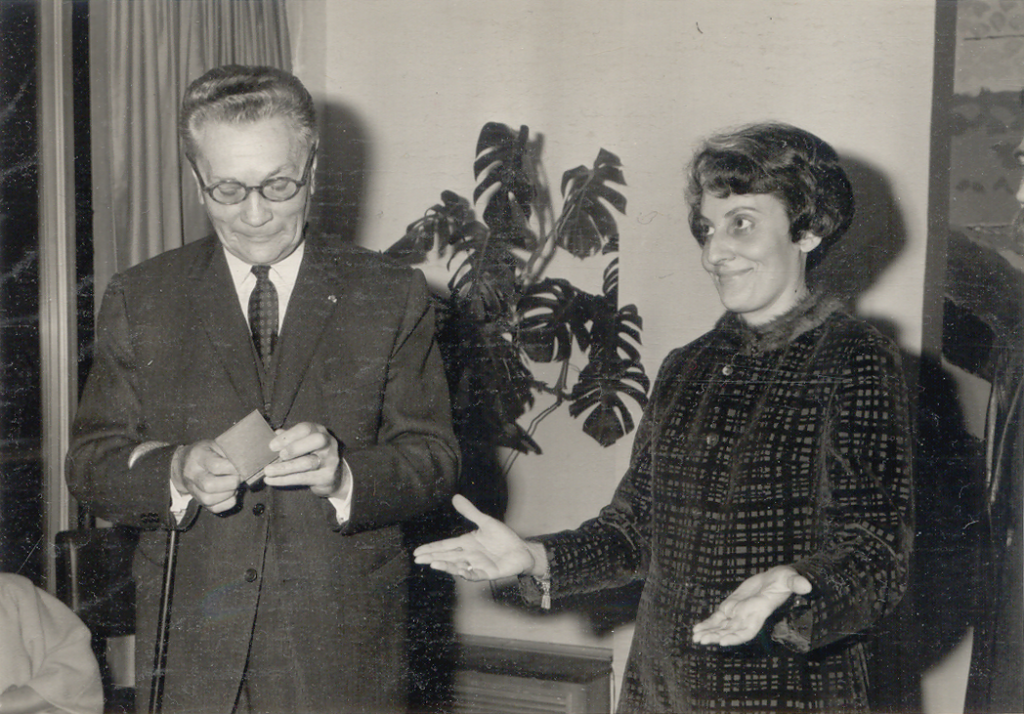
Inauguration of the Jules Verger studio on 12 October 1966 by Simone and Félix Brunau. © D.R. Photograph from the archives of the Cité internationale des arts
During the Second World War, Félix Brunau joined the Resistance as part of the Saint-Jacques network. In 1941, he was appointed chief urban planner for the reconstruction of Le Havre, which served as a cover for his activities. After the war, he met his future wife, Simone Brunau, born Menut (1926-2021), who had been involved in the internal Resistance movement since the age of 17.
Together, driven by a deep desire to open up the capital to artists from around the world, they began developing the Cité internationale des arts project in the early 1950s. They obtained the support of the City of Paris, the French government, the Académie des beaux-arts and, over the years, more than 135 French and international organisations, which have been long-standing partners of the Foundation.
[1957] Foundation recognised as being of public utility (decree of 14 September 1957)
[1960] The construction
In the early 1960s, the Cité Internationale des arts began to take shape. From then on, and especially after its official inauguration in 1965, the Cité developed, driven by the utopian and pragmatic vision of Félix and Simone Brunau.
The economic model of this project was itself innovative in the early 1960s: it was a cooperative model in which partners provided financial support to artists and the Cité, and the Cité contributed its expertise, know-how and support, guaranteeing artists optimal working conditions. The subscription system allows organisations – private and public, French and foreign – to offer artistic residencies in Paris through a single financial contribution, starting in 1963 in the Marais (the official opening of the Cité took place in May 1965), then in Montmartre from 1971 onwards.

Press clipping from the newspaper Le Figaro, edition of 27 November 1962. Photograph from the archives of the Cité internationale des arts
Public partners
The Cité enjoys support at the highest level of government. André Malraux, then Minister of Cultural Affairs, played a decisive role in its development.
From its early years, it also gained the support of the City of Paris, which signed a long-term lease for the Marais site in 1950.
135 long-standing partners
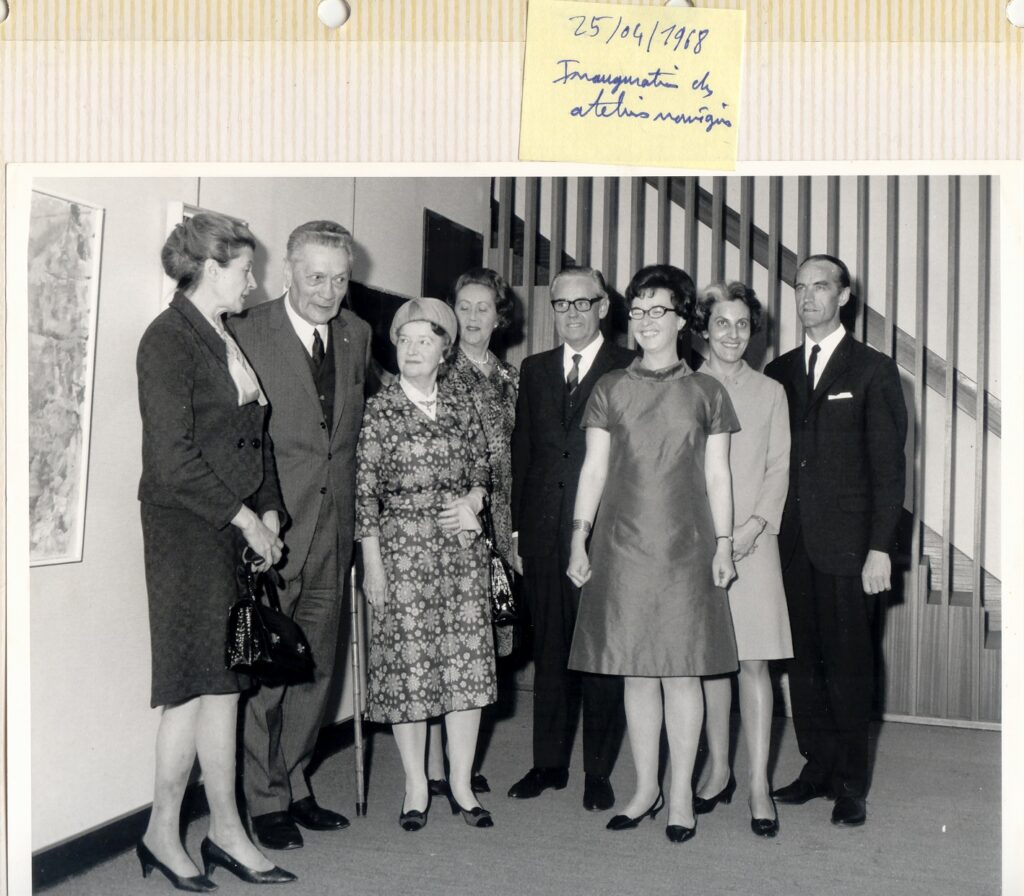
Inauguration of the Norwegian Studios, 1968 © Image from the archives of the Cité internationale des arts
[1965] Inauguration of the Cité internationale des arts

Photograph from the archives of the Cité internationale, 1965.
On 20 May 1965, the Cité internationale des arts was officially inaugurated in Paris, in the heart of the Marais district, at 18 Rue de l’Hôtel de Ville.
[1971] Montmartre
The City of Paris owns a site combining studios, apartments and wooded grounds on the Butte Montmartre, a few hundred metres from the Sacré-Cœur and not far from the studios of famous artists.
It offered the Cité internationale des arts the opportunity to occupy the premises.
In 1971, this second site was inaugurated, housing around thirty artists’ studios in residence.
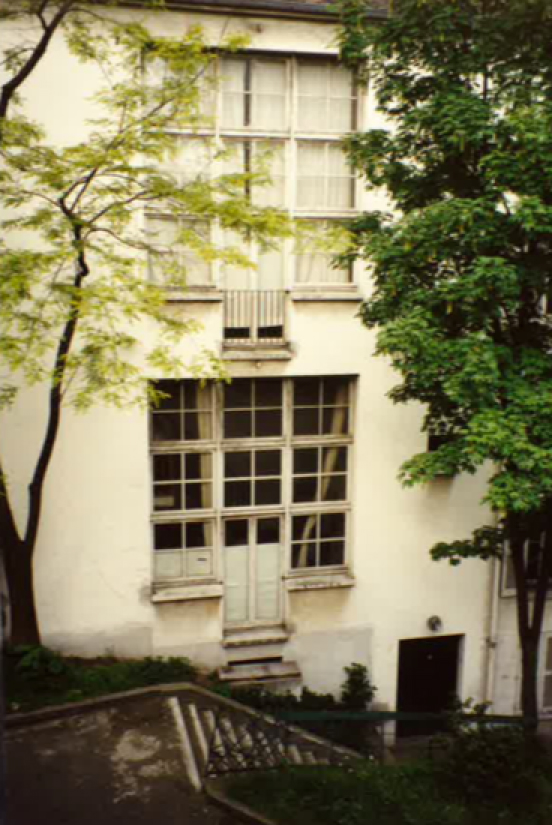
© C. Baillargeon, 1991
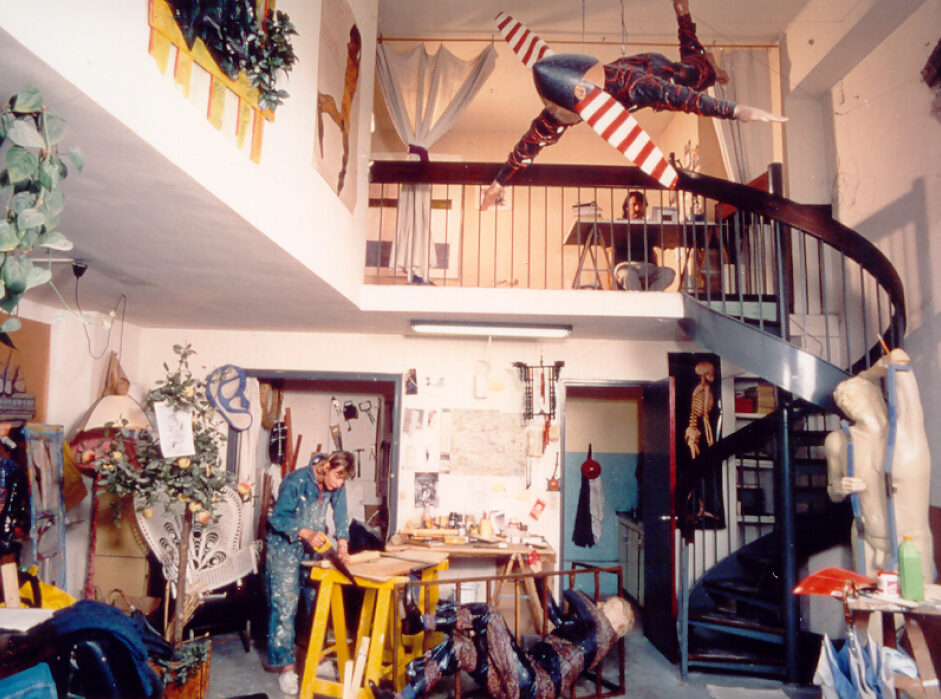
Studio © Photograph from the archives of the Cité internationale des arts
310 live-in-studios
[1980s] Expansion of the Marais site

© All rights reserved. Photos from the archives of the Cité internationale des arts, 1980s
In the 1980s, major works were undertaken.
New residency studio spaces were created on Rue Geoffroy L’Asnier, behind the Cité’s main site.
Today, 280 artists are welcomed simultaneously in residence at the Marais site.
35,000 artists since 1965

Fann Attiki's open studio (March 2024) - Cité internationale des arts © Maurine Tric / Adagp, Paris 2024
[1995] inauguration of the exhibition gallery
In 1995, the Cité internationale des arts in Paris reached an important milestone in its history with the inauguration of the Galerie. In line with the current establishment project, it hosts two group exhibitions per year, showcasing the work of artists who are or have been in residence.



